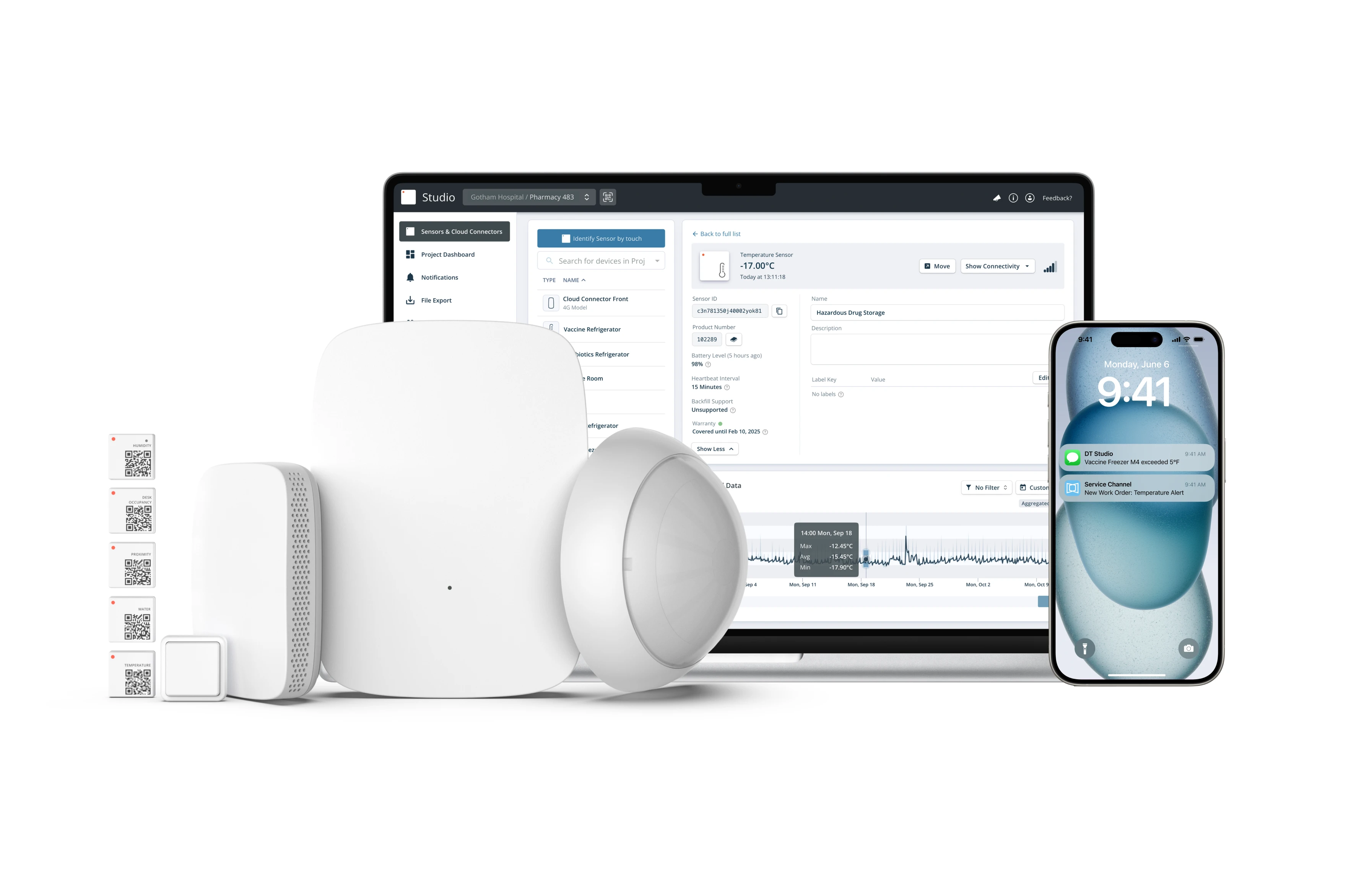Workplace Management Using Sensor Data Frees Up 650 Sqm and Saves 2 Million DKK Per Year

This is a translated article originally published on Dansk Facilities Management’s website on 22.05.2024.
Jimmy Holk, Head of Facility Management at the Confederation of Danish Industry (DI), has undergone a significant journey in workplace optimization. Using sensors to measure desk and meeting room occupancy, the association has reduced the square meters in their office building, resulting in savings of nearly 2 million Danish kroner (270,000 euros) annually.
When Holk became Head of Facility Management at DI in 2019, he took on the operational responsibility for a six-story building at Rådhuspladsen in Copenhagen; home to 1,000 employees, 11 industry associations, and over 100 unions. At the same time, he inherited a workplace with fixed seating and fixed ideas.
"Every new employee got allocated a desk with their name on it, and it had to be in a specific space. We had to slot it into a layout of 814 fixed seats, so it became a kind of Tetris game every time someone new started," says Holk with a wry smile.
Then came COVID-19, which meant there were very few people in the building at any given time.
"DI is a high-profile organization, so in the wake of the pandemic, we had to manage the return to work well," he explains. The facility management team initially used access card data to get an overview of how many people were in the building, which was eye-opening. "We realized that we had at least 240 empty seats daily," says Holk.
From Fixed Seats to the Workplace of the Future

This was the start of the workplace optimization initiative. The team had the data they needed to understand they could accommodate 150 more employees when a merger brought the Danish Construction Association into the building. After that, the scope of the project grew.
"I told our director we had too many desks crammed in, and we started the discussion about the workplace of the future, about the role of Teams meetings and activity-based design," says Holk, who had one unconditional requirement for his boss:
"We had to transition to 100% free seating."
A pilot project managed in collaboration with HR confirmed that the requirement made sense. After a significant analysis of workplace usage in partnership with EY, DI transitioned to free-seating and a clean desk policy in the spring of 2023, transforming their workplace.
Unused Space and High Operating Costs Swapped for Massive Savings and ESG
However, the cost-saving opportunities didn't end there. Holk quickly realized they were still wasting space.
"I wanted to take the project further and get data from all desks and meeting rooms," he states.
That's when he turned to IoT Fabrikken. They very quickly installed desk sensors on every desk, and motion sensors in the meeting rooms. According to Holk, the company was "best on price and had micro-sensors that are more discreet than other sensors." Additionally, the software needed to be easy to use and secure.
After a few months, the data confirmed what Holk already suspected: 650 sqm could be removed from DI's own pool and rented out, presenting a significant cost-saving opportunity.
"We save 770 kroner per square meter, and at the same time, we have a rental income of 2,200 kroner per square meter. I'll let you do the math," he says with a friendly voice.
We did the math, and the numbers add up to almost 2 million Danish kroner (270,000 euros) annually in saved operating costs and rental income, directly impacting the organization's bottom line. Meanwhile, the building now has space for a foosball table, new lounge areas, and zones for experience-based work.

"It also matters for ESG. When we share the space with others, there's a developer out there who doesn't have to build those square meters somewhere else," says Holk.
Major Changes Require Documentation, Not Just Opinions
Holk says no when asked if he was surprised by how much space could be spared. Why invest in IoT sensors and software at all, then?
"There are two reasons: Firstly, I can't operate based on everyone's opinions and feelings. Secondly, because we belong to a political association, we can only make major changes with well-prepared arguments and documentation. That's what I get from the IoT-solution."
Documentation isn't just important for top management. Occasionally, employees come to Facilities Management and say they need desks or want to rearrange a layout.
"We look at the data and make the adjustments if it makes sense," says Holk.
Measuring space utilization at DI continues. "With the data in hand, I know if we have room for more employees, if we can rent out more space, and maybe even look at the office in Jutland. DI is a constantly evolving building," Holk concludes.
About DI

The Confederation of Danish Industry is Denmark's largest business and employer organisation with over 20,000 member companies. In Denmark, DI has the House of Industry in Copenhagen, DI's office in Aarhus and DI's conference centre in Gl. Vindinge conference centre.
About IoT Fabrikken

IoT Fabrikken uses Disruptive Technologies sensors as part of its market-leading space management solution. The Danish company also develops software for air quality and energy optimisation and works for a long list of large and small companies, municipalities, museums, churches, housing agents, and consultants in 15 countries.
Content That Might Interest You
Get Started





.png)
